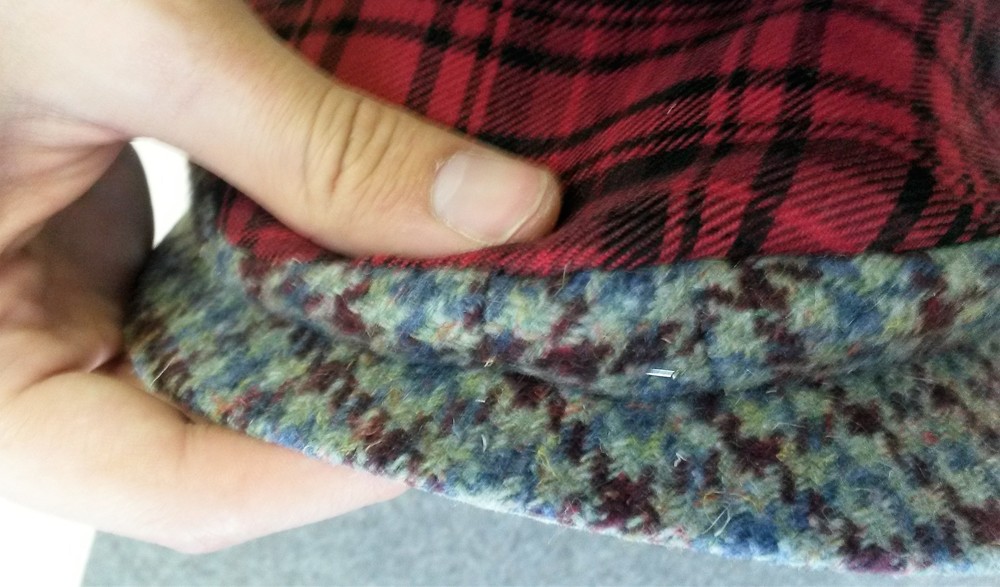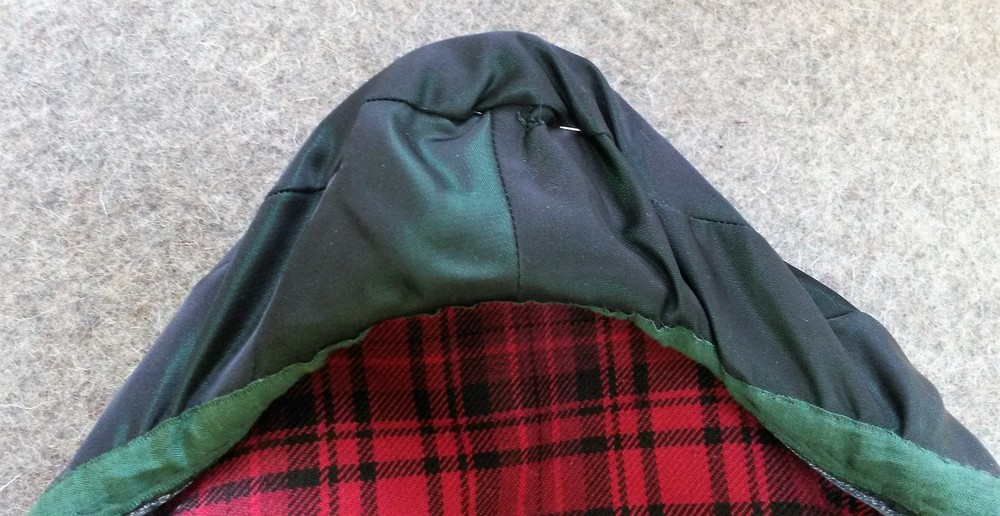Florent flat cap: Sewing Instructions
Step 1: Fuse interfacing
Depending on your fabric weight you might want to fuse all your main fabric parts No matter the thickness of your fabric, you should consider reinforcing the sides of your brim parts (where the notch mark is). This will help prevent the pointy ends of the plastic part to poke outside of the cap on this area

Step 2: Closing the back dart
Version with top part cut on fold
You should mark the top of the back dart on the wrong side of the fabric so that you know where to end your seam

There is several tricks to sewing darts, here is how I do it (I think it is called "balancing the dart"): prepare a bias cut rectangle of the same fabric you are going to stitch and place it underneath the point of your future dart. Stitch the dart starting from the bottom and keep stitching a few stitching after the top dart. Leave a good length of thread to make a knot by hand.

Where the rectangle of fabric starts, cut the seam allowance that is against this rectangle, up to the seam so that the seam can be ironed flat open before the rectangle. On the area where the dart is stitched with the rectangle, iron both seam allowances on one side, and the folded rectangle on the other side. Layer the edges of the rectangle. The edge against the main fabric is wider, the one above is smaller
Version with the top part cut twice
This dart is more straight forward since the seam is continuous. Simply stitch the seam all the way
Ironing the seam
You might have to notch the seam allowance to press it flat. Use a tailoring Ham or something rounded underneath to help you press the seam open whilst keeping the nice shape you just created.
Top Stitching
Depending on the style you want to achieve, you can top stitch all your seams (by machine of by hand). However, the front brim seam will be a bit tricky to do with the machine (but not impossible). Anyway, I put this here and won't remind you about it after each step, but basically, the process would be: Stitch, Iron, Top stitch, Repeat on the next step.
Step 3: Optional: Join both side parts.
This applies only if you cut two parts for the side part. It is a straight seam. nothing much to say about that. Iron the seam flat, with the seam allowances open.
Step 4: Join the top to the side
Warning: There will be quite a few pins involved Align the notches and pin the parts together so that this rounded part is held well in place.
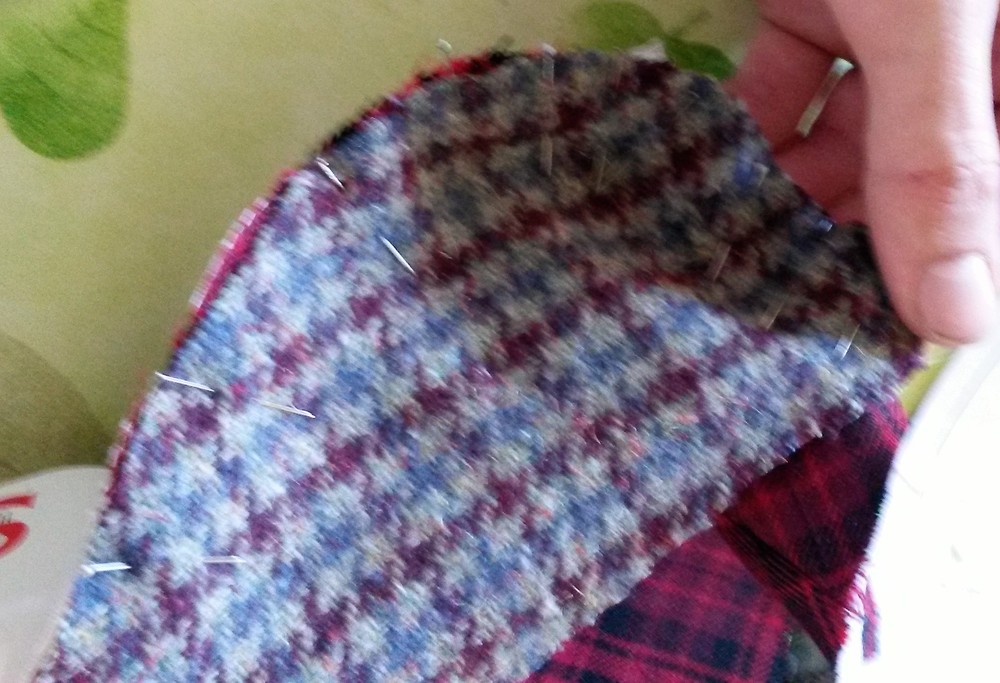
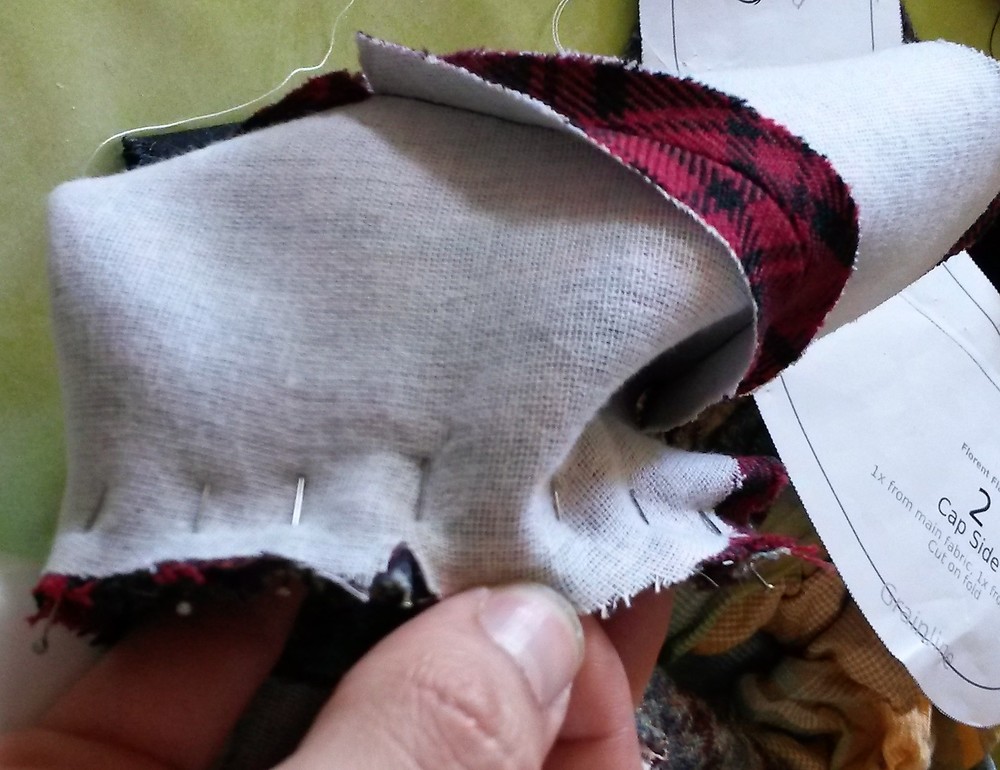
For the stitching, I tend to start from the center front, do one half, and then start again, back from the center front to do the other half (the side part is on top for both stitches). So that, if my machine shifts the lower fabric, it would be a "symmetrical shift" on both sides. Clip the seam allowances where needed, on the curve, you might want to trim the seam allowance of the side part, and notch it, to help the ironing process.
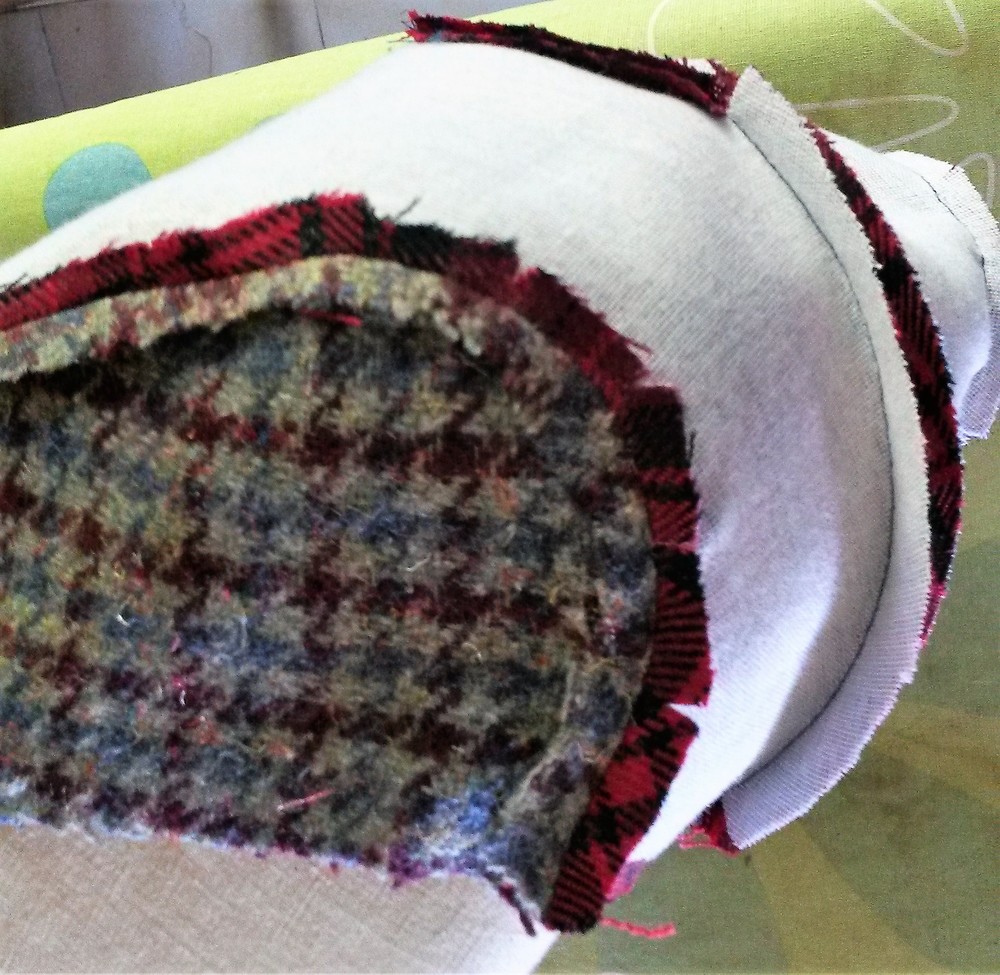
Step 5: The brim outer seam.
Align the notches and pin the top and bottom parts. Technically, the lower part has a shorter seam length, so you might have to stretch it so that the seam allowances meet. In practice, fabric is usually stretchy enough so that the length difference can be eased. Iron both seam allowance against the Bottom part
Step 6: Inserting the plastic part
The plastic part is then inserted inside the brim, being careful to keep the seam allowance flat on the Bottom part. You then hand stitch the brim closed, keeping the parts in place and well tensioned.
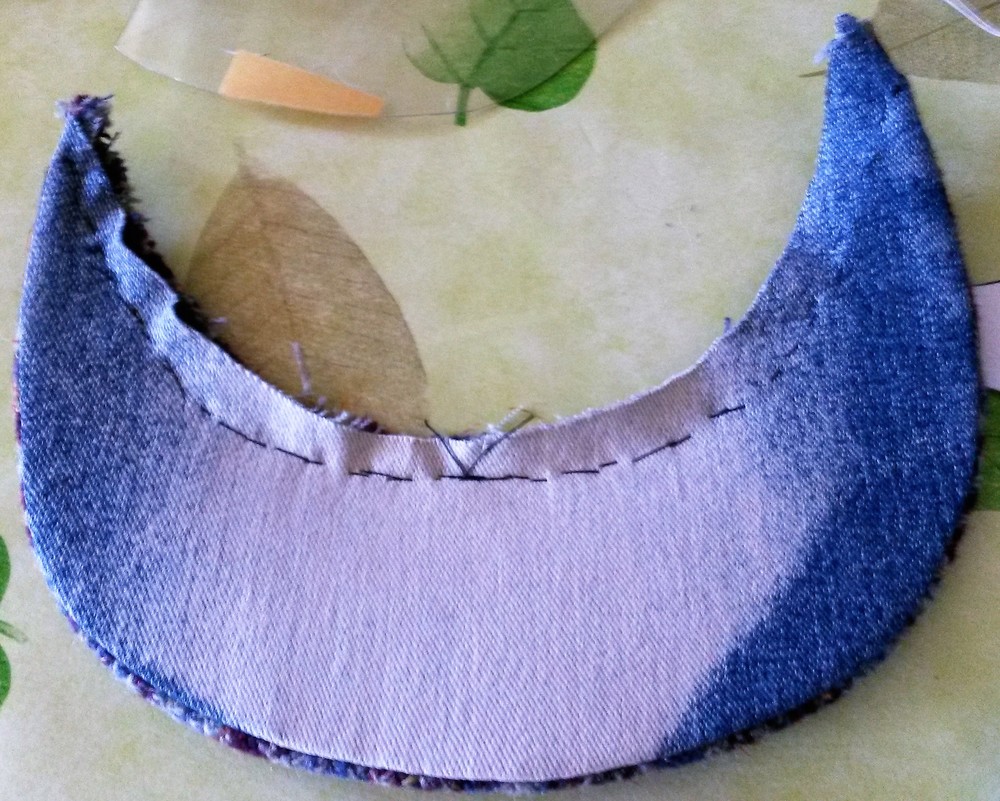
Step 7: Stitching the brim to the cap
Align the notches and stitch the brim to the cap. Be careful not to stitch onto the plastic. It might be easier if you "free" the arm of your machine
Step 8: Prepare the lining
Basically, repeat the steps 2, 3 and 4 with the lining top and side parts. This would also be a good time to stitch a label on the top part of the lining if you are into this kind of things.
Step 9: Join lining to main fabric.
Turn the lining outside out and place the main fabric in it (good side against good side). Pin and stitch from one end of the brim to the other end of the brim (leaving the brim seam open).
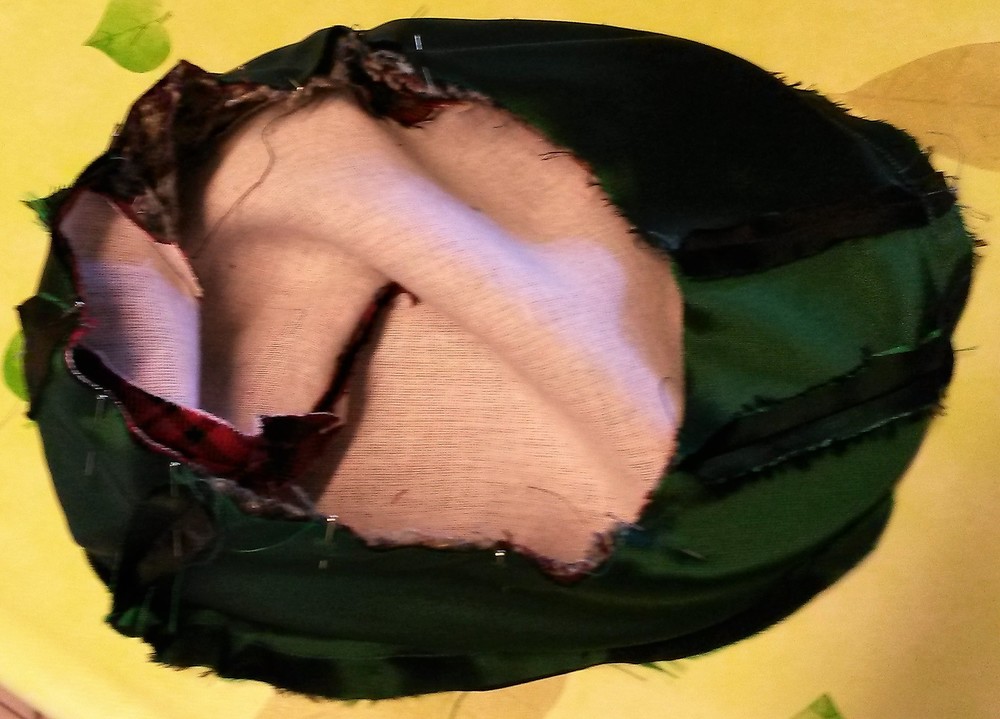
Don't forget to back tack this stitch quite well since it will get some stretch when we will turn the cap "outside out". Turn the cap outside out, so that the good side is outside. On the Brim area, baste the lining in place and hand stitch it to the brim in a way to hide the other stitches that are already on the seam allowance.
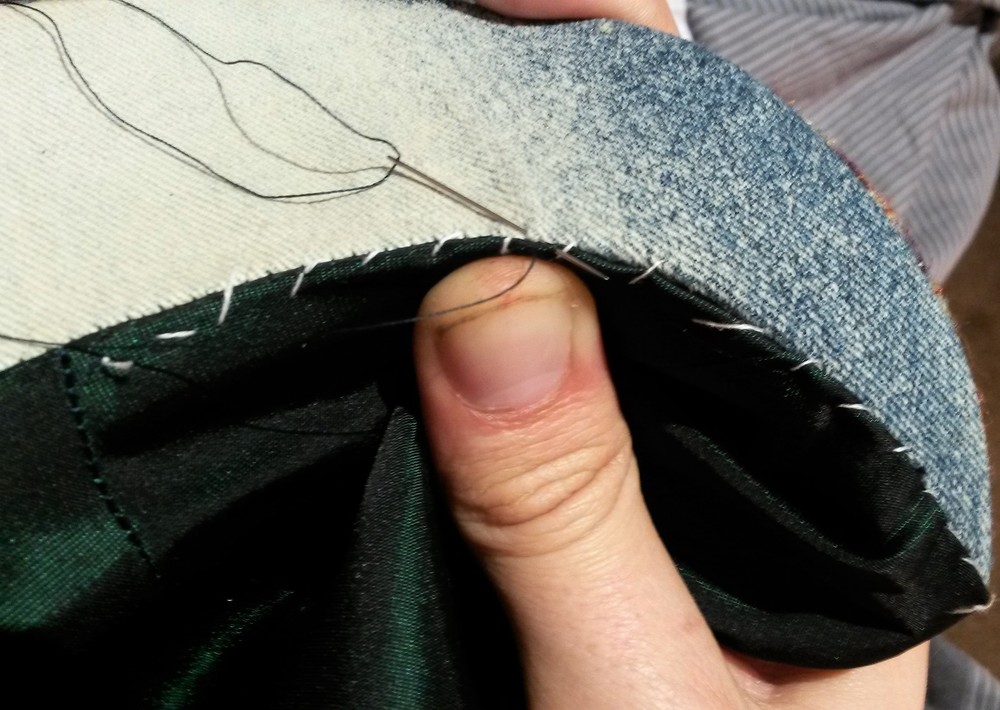
Step 10: Top stitching the bottom of the cap
It is a good idea to top stitch the bottom seam of the cap so that the lining stays inside. To have a better control I usually baste it first, so that the edge is sharp.
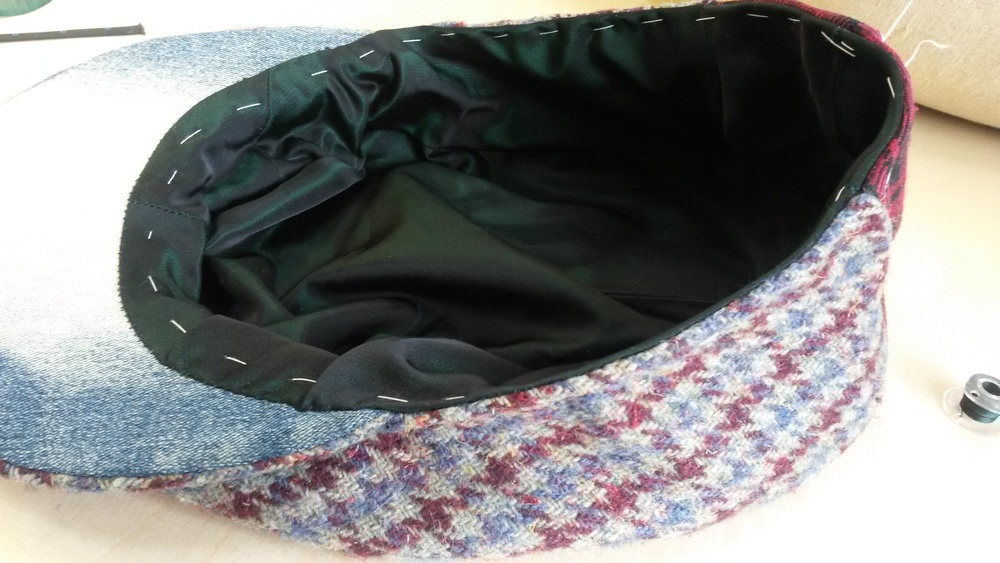
Step 11: The tape
Form a loop with the tape so that the circumference of the loop matches the measured head circumference of the wearer of the cap. The best result is achieved when you pin the tape while you are wrapping it around the head of the future owner of the cap. Once the loop is closed, you can even double check it and ask if this fit is OK for the wearer.

Trim the ends of the tape in an arrow shape to keep it from poking out.
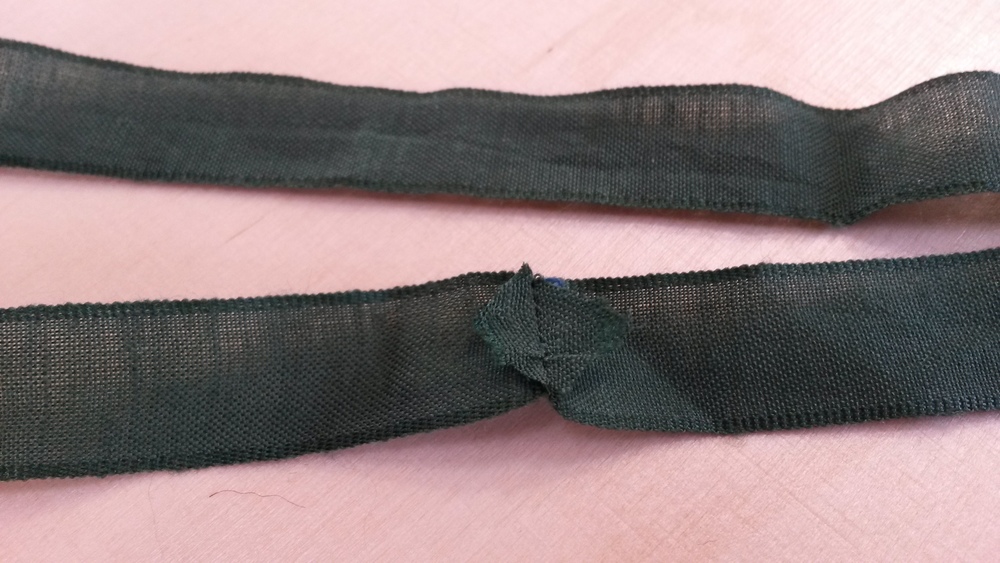
Divide the tape in two with two pins

Pin the tape in place: The two pins are used to distribute the tape equally on both sides. Place one pin at the back, and the other at the front. Since the brim is held in place it can't be much stretched, so pin the tape in this area "normally" For the remaining part you might need to ease the fabric along the tape. I recommend to hand stitch the tape in place, on both edges of the tape
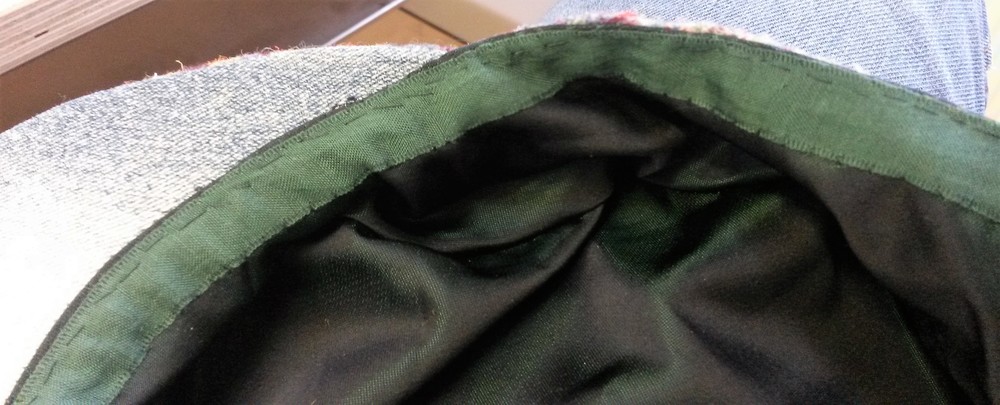
Step 12: Stitch the side to the brim
We are almost done, and the last step will be to attach the brim top to the front of the body of the cap. Pin the two part in position from the outside, turn the cap on the lining side and stitch both parts together several times.
